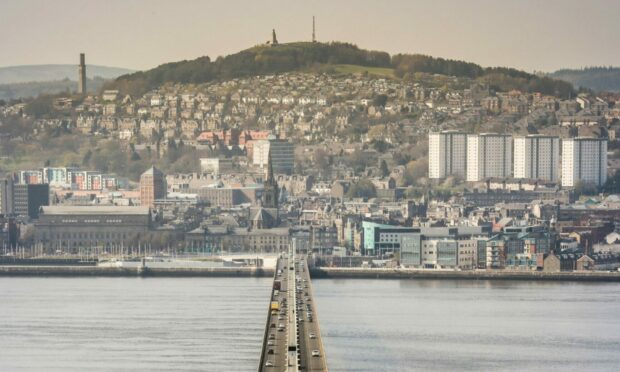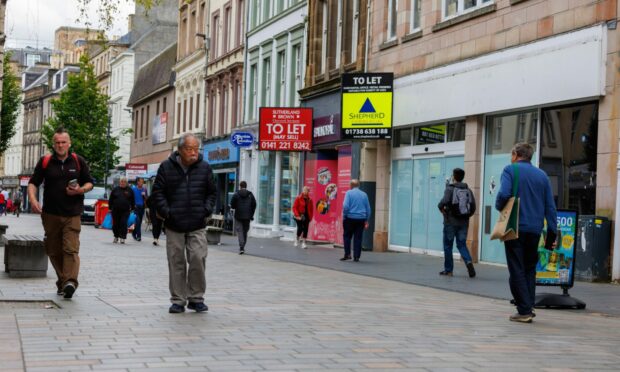New research shows Dundee house prices have risen by 14% since the start of the Covid-19 pandemic.
Average house prices have gone from £123,029 pre-pandemic to £140,218 according to data from property firm DJ Alexander.
But the £17,000 rise in typical house prices in Dundee lags behind the Scottish average.
The figures, between March 2020 and February this year, show prices across Scotland are up 20% from £150,625 to £180,822.
In Glasgow over the same period average house prices increased 24.3% rising from £133,368 to £165,805.
There was an increase in Edinburgh of 14.8% from £274,512 to £315,070.
Dundee homes have performed better than Aberdeen which saw a 2.4% increase in value to £143,591.
The average cost to rent a home in Dundee is now nearly level with Aberdeen.
The average figure to rent a property in the city is now £722, an all-time high, according to Citylets.
No surprise, but for how long?
At the start of the year, local estate agents said house prices would rise between 2% and 8% this year.
David Alexander, chief executive of DJ Alexander Scotland, commented: “While nobody will be surprised that these has been such a large jump in average house prices in Scotland since the pandemic began many are now questioning just how long this can go on.
“Brakes are being applied across the economy in terms of rising interest rates, higher utility bills, increased living costs, and rising inflation.
“It is clear that many of the elements which have contributed to this boom have, or are, rapidly disappearing.”
Before the pandemic, it took seven years for average house prices to increase by 20%.
House prices across Scotland rose 19.3% between May 2013 and February 2020.
Mr Alexander said that was “more in line with long-term growth in the housing market.”
He added: “What is of concern is that we have had this sudden demand which is now reducing.
“There are concerns about the degree of contraction likely to occur in the housing market both in Scotland and across the rest of the UK.”
A ‘tipping point’ for housing market
Despite the increase in the past two years, Mr Alexander warned the market is at a “tipping point”.
He said there could be a controlled decline in prices, or a substantial fall if the economy does not pick up.
He said:”Whilst I think it is premature to think of a sudden fall in house prices recent months have seen a progressive softening of average prices.
“I would expect this to continue and increase levelling out at around an annual rate of two to three per cent in the next year or so.
“The plus points are that we have record low unemployment, so homeowners are likely to be reasonably secure in the short term.
“The key will be how well households cope with the substantial increases in utility bills this Winter coupled with the rising food prices due to the war in Ukraine.
“I think we may, at present, be on a tipping point between a controlled decline in house prices and some degree of them falling more substantially if the economy does not pick up and the domestic prices pressures continue to rise.”



















Conversation